Starting your artistic journey can feel overwhelming, especially when navigating the vast world of art mediums, techniques, and trends. For beginners, finding the right resources and guidance to kickstart your creativity can be challenging. While there are plenty of books and online courses available, many lack a comprehensive approach tailored specifically for those just starting out. This guide aims to fill that gap, offering a structured pathway to help you master art step by step. From understanding the fundamentals to exploring different mediums and staying updated with modern art trends, this guide covers everything you need to get started and thrive as a beginner artist. Whether you’re drawn to traditional painting, digital art, or experimental mixed media, this guide empowers you to overcome obstacles, discover your unique style, and build confidence in your artistic abilities. Let’s dive in and unlock the potential of your artistic journey!
Key Takeaways
– Find Your Unique Art Style: Explore various mediums, analyze your artwork, and stay persistent in refining your creative voice.
– Master Basic Drawing Skills: Start with simple shapes, practice proportions, and experiment with lines and strokes to build a solid foundation.
– Leverage Technology and Trends: Embrace digital art, NFTs, and VR/AR to stay ahead in the evolving art landscape.
– Seek Inspiration and Feedback: Take classes, join art communities, and engage in creative challenges to grow and evolve your style.
– Document and Track Progress: Maintain a portfolio or art journal to showcase your journey and track your growth over time.
– Stay Motivated and Curious: Explore diverse themes, incorporate mixed media, and stay open to new ideas to keep your creativity fresh.
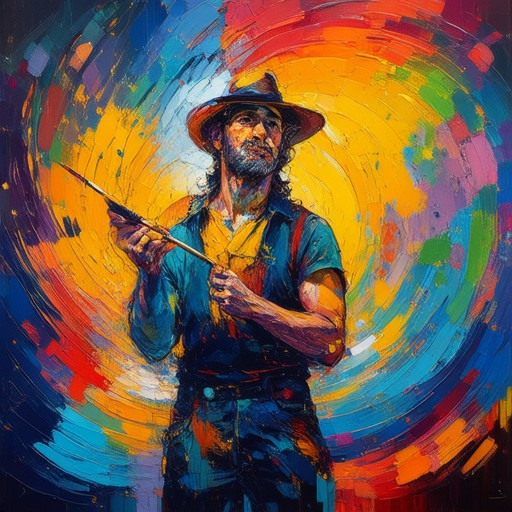
What Should a Beginner Artist Learn First?
As a beginner artist, building a strong foundation in the basics is essential to develop your skills effectively. Here’s a structured approach to guide you:
- Composition and Proportions : Mastering the arrangement of elements in your artwork and achieving accurate proportions is critical. Proper composition ensures your pieces look balanced and visually appealing.
- Color Theory : Understand how colors interact to create mood, depth, and harmony. This knowledge will help you choose effective palettes and avoid flat-looking artwork.
- Drawing Skills : Develop the ability to sketch accurately. Focus on capturing shapes, forms, and perspectives to communicate your ideas visually.
- Mixing Colors and Mediums : Learn to blend colors and use different mediums to achieve textures and effects that enhance your artwork.
- Understanding Your Medium : Familiarize yourself with the unique properties of your chosen medium, such as oil paints, watercolors, or digital tools, and how to care for your supplies properly.
- Regular Practice and Study : Dedicate time to practice and study iconic artworks to gain inspiration and refine your technique. Experimentation is key to finding your personal style.
What Are the 7 Fundamentals of Art?
The fundamentals of art are the essential components that every artist uses to create meaningful and impactful works. Mastery of these elements allows artists to convey emotions, tell stories, and capture the essence of their subject matter. Below, we explore the seven core fundamentals of art:
- Line : Line is the foundation of art, serving as both a structural element and a tool for expression. It can be straight, curved, thick, or thin, and is used to define shape, create movement, and establish a sense of direction.
- Shape : Shape is the result of line, but it also has its own unique qualities. Shapes can be geometric (like squares, circles) or organic (like mountains, waves), and they play a crucial role in framing the composition of a piece.
- Space : Space is the area around and between objects, shapes, or forms. It creates depth, perspective, and a sense of balance in a artwork. Effective use of space can make a piece feel more dynamic or serene.
- Value : Value refers to the light and dark areas in a artwork, often called “shading.” It gives objects a three-dimensional appearance and helps guide the viewer’s eye through the composition.
- Form : Form is the three-dimensional aspect of objects, giving them mass and volume. It can be abstract or realistic, and it plays a key role in conveying the subject matter.
- Texture : Texture describes the surface quality of an object or material. It can be smooth, rough, soft, or hard, and it adds depth and interest to a artwork.
- Color : Color is the element that brings life and emotion to art. It communicates mood, evokes feelings, and creates harmony within a piece. Artists use color theory to achieve desired effects.
Mastering these fundamentals allows artists to communicate effectively and create art that resonates with viewers. By understanding and applying these elements thoughtfully, you can unlock your creativity and produce works that stand out.
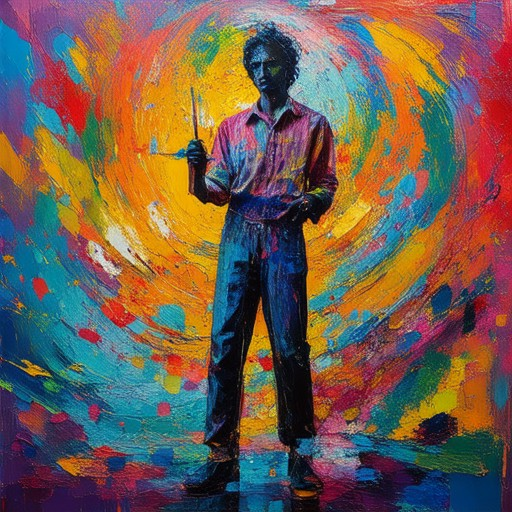
Artist Syndrome Explained
Artist syndrome refers to a complex set of emotional, psychological, and behavioral challenges experienced by artists. It encompasses feelings of inadequacy, self-doubt, and fear of criticism, often leading to creative blockage and burnout. Unlike impostor syndrome, which focuses on feelings of being a fraud, artist syndrome is more about the struggle to create authentic work despite internal and external pressures.
Symptoms of Artist Syndrome
- Fear of Failure : Artists often worry that their work won’t meet the high standards they set for themselves or others.
- Perfectionism : The desire for flawlessness can paralyze creativity and lead to endless revisions.
- Isolation : Many artists feel disconnected from their peers, fearing judgment or competition.
- Creativity Block : Chronic self-doubt can stall projects, leaving artists stuck in a cycle of indecision.
- Identity Crisis : Balancing personal identity with the role of artist can cause confusion and anxiety.
Causes of Artist Syndrome
- Internal Pressures : High expectations and a desire for excellence can create unrealistic demands on oneself.
- External Expectations : Societal norms and market demands may influence an artist’s sense of worth based on their output.
- Past Trauma : Negative experiences, whether from childhood or previous rejections, can linger and affect future creations.
- Comparison to Peers : Observing successful artists on social media or in galleries can amplify feelings of inadequacy.
Impact on Creativity
Artist syndrome can hinder an artist’s ability to create freely, leading to a loss of passion and innovation. It can also result in self-sabotage, such as avoiding showcases or destroying work that doesn’t meet perceived standards.
Overcoming Artist Syndrome
To combat artist syndrome, consider the following strategies:1. Build a Support Network : Surround yourself with like-minded individuals who understand your struggles.2. Set Realistic Goals : Break projects into manageable steps to reduce overwhelm.3. Embrace Experimentation : View mistakes as opportunities for growth rather than failures.4. Seek Feedback Constructively : Share work with trusted peers for balanced insights.5. Practice Self-Compassion : Remind yourself that creativity is a process and perfection is not the end goal.
By addressing these aspects, artists can cultivate a healthier relationship with their craft and overcome the challenges posed by artist syndrome.
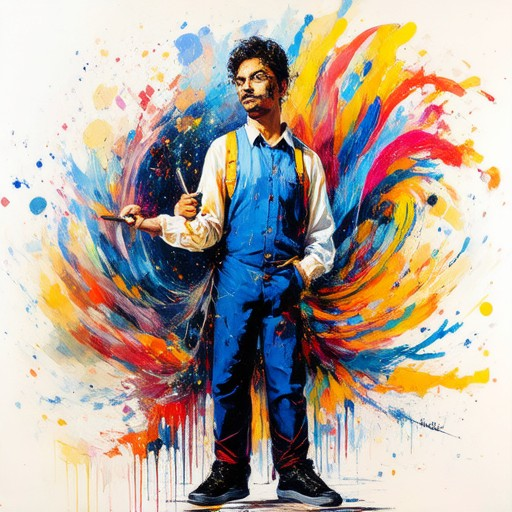
How to Find Your Art Style for Beginners
Identifying your art style as a beginner involves self-reflection, experimentation, and analysis. Here’s a step-by-step guide to help you discover your unique artistic voice:
1. Explore Different Mediums
Start by experimenting with various art mediums such as painting, drawing, digital art, or sculpture. Each medium has unique properties that can influence your style. Try different tools and surfaces to see what feels natural to you.
2. Analyze Your Artwork
Look closely at your completed pieces. Identify recurring elements like color palettes, subject matter, and composition techniques. Are you drawn to bold colors, intricate details, or minimalist designs? Pay attention to your perspective—do you favor realistic or abstract approaches?
3. Consider Your Themes
Reflect on the themes in your artwork. Do you consistently create landscapes, portraits, or still lifes? These themes may reflect your personal interests or experiences, contributing to your unique style.
4. Take Classes or Workshops
Enrolling in art classes or workshops can provide structured guidance and feedback. Instructors can offer insights into refining your technique and developing a distinct style. Online courses and local art groups are great options for connecting with others who share your passion.
5. Experiment with Mixed Media
Exploring mixed media can unlock new creative possibilities. Combining traditional paints with collage elements or incorporating three-dimensional objects can lead to unique textures and color palettes that define your style.
6. Seek Feedback and Input
Share your artwork with friends, family, or art peers for constructive criticism. They might notice elements you hadn’t considered, helping you refine your approach and recognize your style’s unique traits. Joining art communities can also provide valuable connections and inspiration.
7. Document and Track Progress
Keep a portfolio or art journal to document your creative journey. Over time, reviewing your past work can reveal evolution and consistency in your style. This documentation can also serve as evidence of your growth and development.
8. Reflect on Influences
While inspired by various artists, ensure your work doesn’t merely copy others. Strive to integrate elements uniquely, creating something authentic and personal. Balance inspiration with originality to develop a style truly yours.
9. Engage in Creative Challenges
Participate in art challenges or themed projects to push your boundaries. These exercises can encourage experimentation and help you discover unexpected aspects of your style.
10. Stay Persistent and Curious
Finding your art style is a gradual process. Stay curious, explore different avenues, and remain persistent. Keep experimenting, learning, and growing until you feel confident in expressing your unique artistic voice.
By following these steps, you’ll not only enhance your skills but also uncover the essence of your artistic style, leading to a fulfilling and personalized creative journey.
How to Start Drawing with No Experience
Starting to draw can be both exciting and intimidating, especially when you have no prior experience. However, with the right approach, you can develop your skills step by step. Here’s a guide to help you begin your artistic journey:
1. Begin with Simple Shapes
Start by mastering the basics. Practice drawing simple geometric shapes like circles, squares, triangles, and rectangles. These forms are foundational and will help you understand proportions and symmetry.
a. Perfecting the Circle
The circle is a universal shape that appears frequently in art. To draw a circle, you can use a compass or freehand. For a freehand circle, hold your pencil at a steady distance from the paper and draw evenly around the tip.
b. Adding Lines and Curves
Once you’ve got your circle, add lines and curves around it. Try creating waves, spirals, or other patterns. Experiment with different line weights and flows to see how they affect the composition.
2. Explore Proportions
Understanding proportions is crucial. Practice dividing shapes into equal parts using rulers. This helps in creating balanced compositions and understanding spatial relationships.
3. Simplify Facial Features
Facial features can be overwhelming, so start with individual elements like an eye or an ear. Study how light and shadow interact on these features to give them dimensionality.
4. Warm-Up Exercises
Before diving into detailed sketches, warm up your hand and mind. Spend 10 minutes drawing random objects or scenes around you. This helps activate your creativity and loosens your muscles.
5. Choose the Right Tools
Pick the right materials for your style. Traditional pencils are great for shading, while colored pencils offer vibrant hues. Consider starting with black and white pencils to master tonal shading before incorporating color.
6. Practice Lines and Strokes
Experiment with different types of lines—contour lines for defining shapes, gesture lines for movement, and stippled lines for textures. Vary your pressure to create varied textures.
7. Observe and Capture Details
When drawing, focus on one detail at a time. Set a timer to spend five minutes on a single line or curve. Pay attention to light and shadow patterns to convey mood and atmosphere.
8. Stay Motivated and Persistent
Keep a sketchbook to document your progress and revisit your old sketches for inspiration. Share your work with friends or online communities to gain feedback and encouragement. Remember, every mistake is a learning opportunity.
9. Learn from Mistakes
Don’t be afraid to make mistakes. Use scrap paper for rough sketches to save your good paper for finished pieces. Take regular breaks to avoid frustration and refresh your perspective.
10. Develop a Routine
Establish a daily routine that includes warm-ups, focused practice, and review sessions. Consistency is key to building your skills over time.
By following these steps, you’ll gradually build your drawing confidence and technique. Keep experimenting, exploring, and enjoying the process!
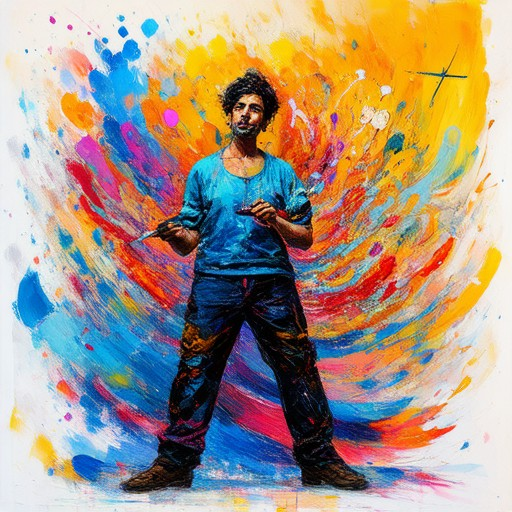
The Current Art Era
The current art era is characterized by a dynamic blend of traditional and contemporary approaches, driven by technological advancements and shifting cultural perspectives. This period emphasizes inclusivity, sustainability, and the fusion of digital media with classical artistic techniques.
Key Movements
- Street Art and Graffiti: Artists like Banksy and Shepard Faire continue to influence public spaces globally, blending art with urban environments.
- Digital Art and NFTs: The rise of digital platforms and blockchain technology has created a vibrant market for digital artists, with works often sold as NFTs.
- Sustainability in Art: Eco-conscious creators are adopting recycled materials and low-waste practices, reflecting broader environmental concerns.
- Virtual and Augmented Reality (VR/AR): Artists are exploring immersive experiences, blending physical and digital realms through technologies like VR headsets and AR apps.
Competitors and Platforms
Notable platforms and competitors in the art space include:
- DeviantArt for digital art communities.
- Saatchi Gallery for showcasing street and contemporary art.
- OpenSea as a leading marketplace for NFTs.
SEO Considerations
To enhance SEO performance, incorporating relevant keywords like “contemporary art,” “digital art revolution,” and “sustainable art practices” is crucial. Strategic use of internal links, such as art forms and techniques , helps improve navigation and ranking potential.
Conclusion
The current art era is defined by its diversity, innovation, and responsiveness to global challenges. Artists are leveraging new tools and mediums to push boundaries, creating a richer, more inclusive artistic landscape. Platforms like Artful Journey play a vital role in supporting this evolution, providing resources and inspiration for artists worldwide.
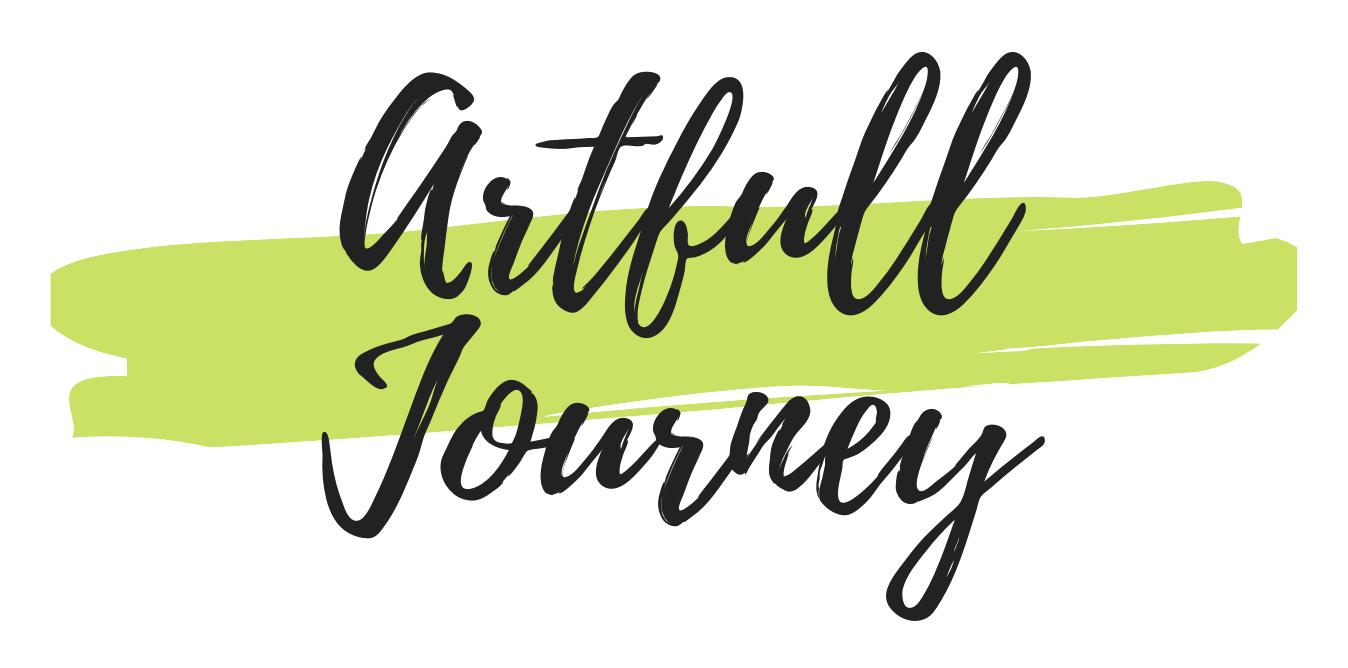



0 Comments